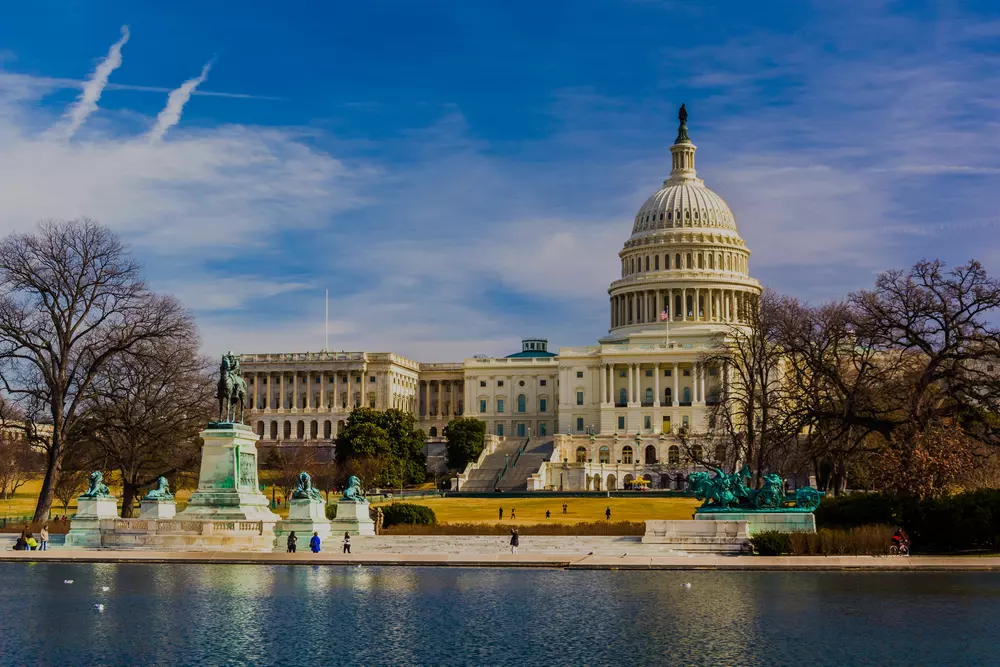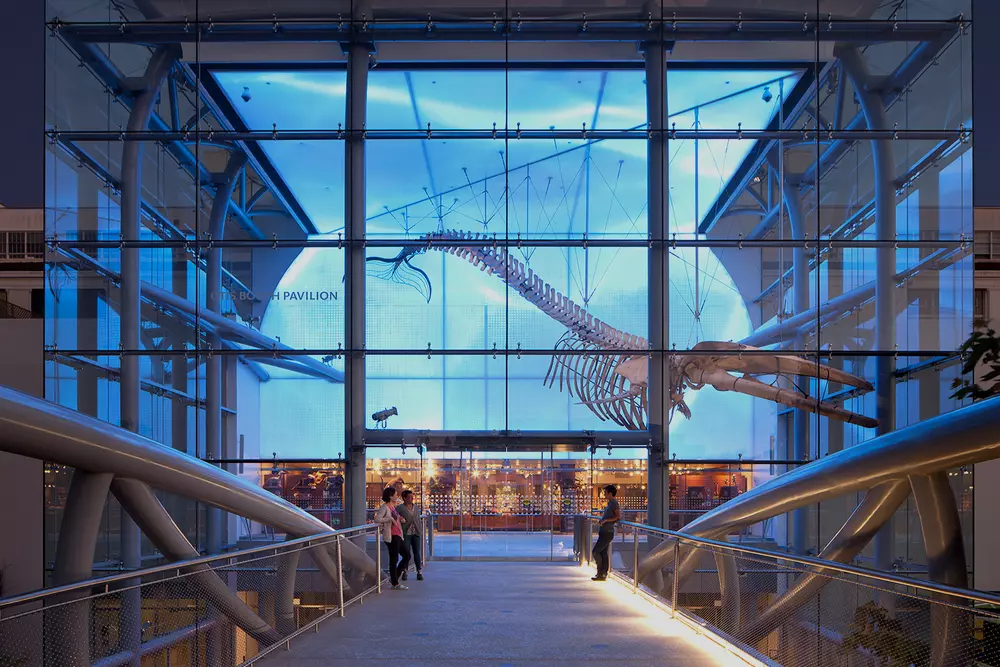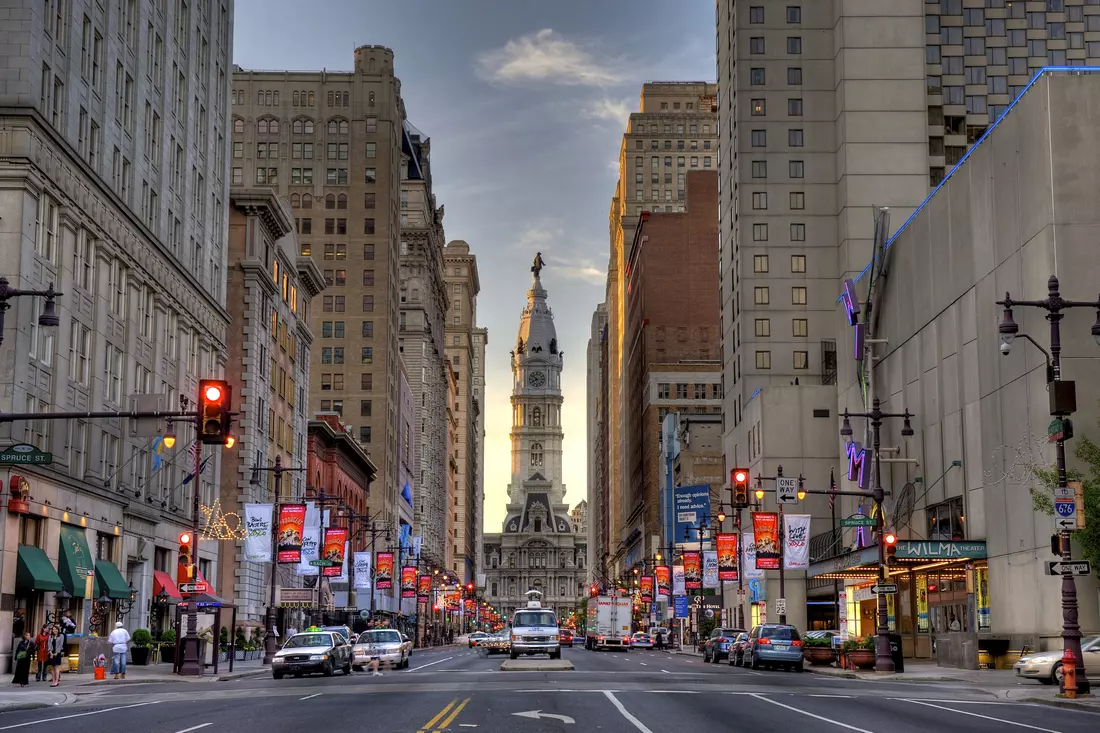Why Visit the Holocaust Museum
The Holocaust Museum in Washington is the most visited in the world. And for good reason: it is the only place where you can truly feel the atmosphere of those times and connect with the global fight for peace. Learn more about the Holocaust Museum and why you should definitely visit it, even bringing your children along.
It might seem daunting to visit a museum dedicated to Nazi atrocities. Our generation is fortunate not to have witnessed such horrors. But that doesn't mean we shouldn't be aware of them. This museum reminds us of the importance of maintaining our humanity.
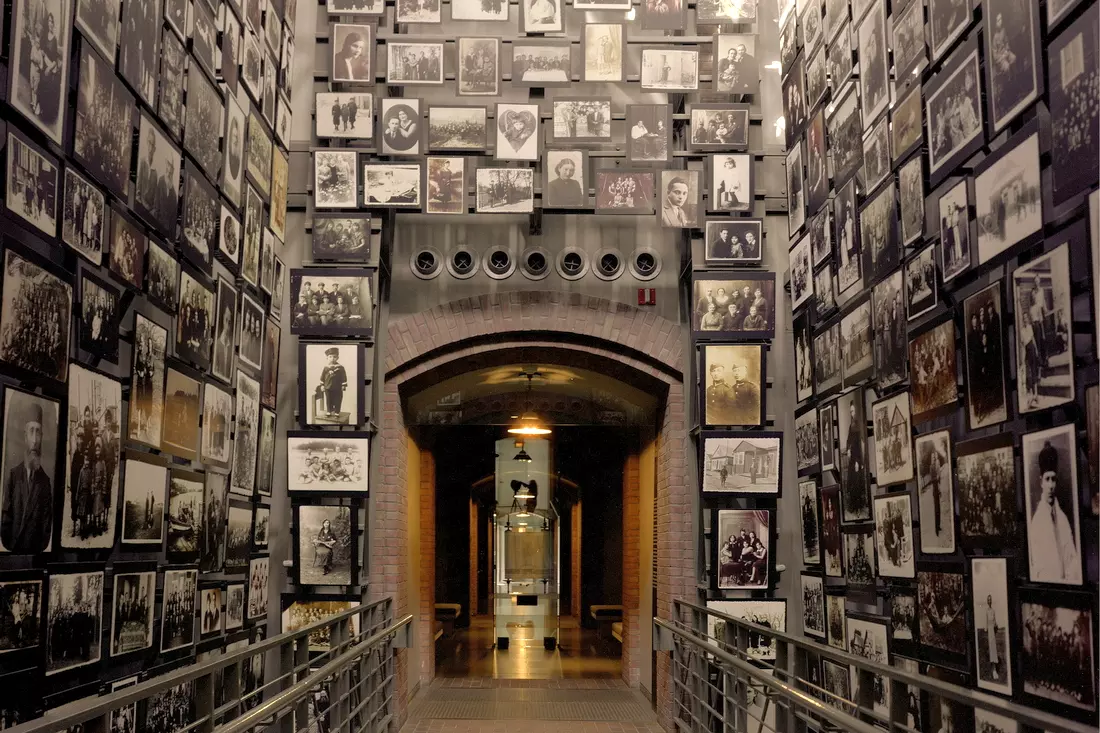
Museum Concept
The museum is designed in such a way that visitors literally walk through the Holocaust. The goal is not to immerse you in grief but to provide the most complete picture of the images and experiences of the victims. Since its opening in 1993, more than 40 million people have walked this path.
It's not just a collection of historical materials but a quality reconstruction of events. Half of the recreated interiors consist of real items from real people. You can see an actual train car used to transport people, walk through the gates of a camp, see barracks, cemeteries, work and living quarters, crematoriums, and other spaces that made up the lives of the imprisoned Jews, Armenians, Roma, and others persecuted by the Nazis.
The museum features many multimedia materials, including films, audio recordings, letters, and other testimonies from the era. We can see the owners of these items in photographs and even hear their voices. The experience is so powerful that tears and a sense of physical pain are common reactions. When confronted with the brutal genocide, it is impossible to feel anything else.
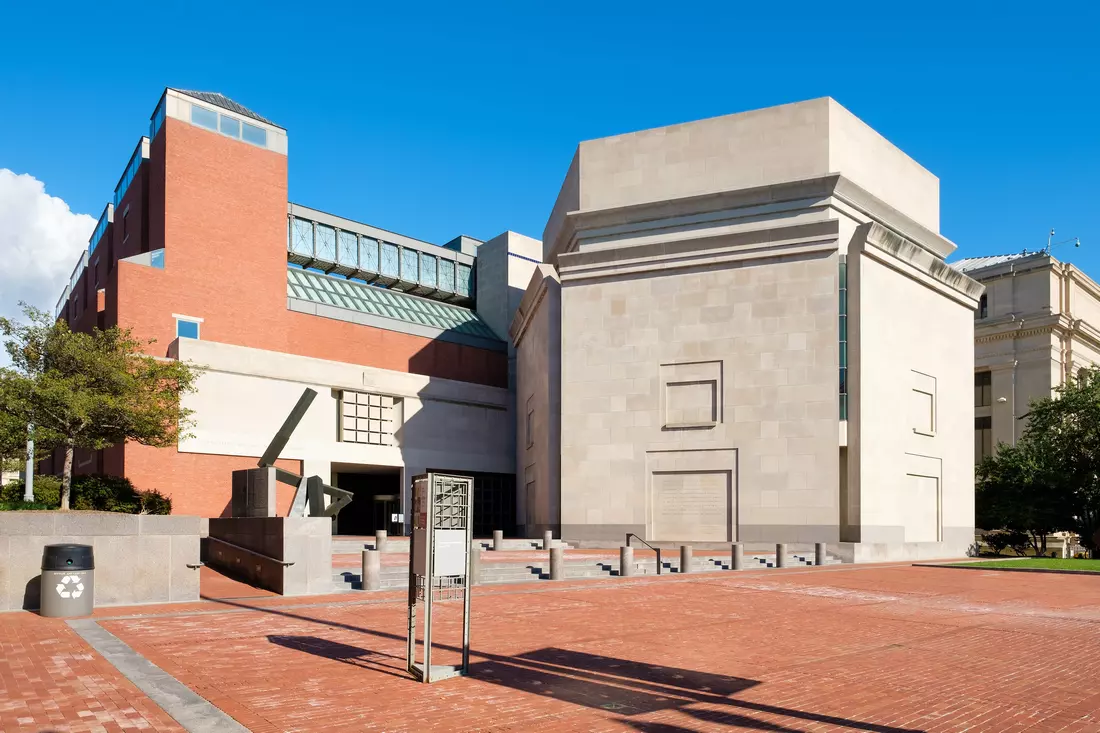
Is That All?
Of course not. The Holocaust is hard to describe as an event from which positive conclusions can be drawn. But the creators of the exhibition have ensured that you do not leave with a sense of hopelessness. Rest assured, life triumphs in the end.
As visitors progress through the exhibit, they see not only scenes of horror and destruction but also examples of heroism, solidarity, and compassion. At the end of the route, visitors encounter a section dedicated to recovery and remembrance, where the stories of Holocaust survivors who contributed to society and helped build a world without hatred are told.
The museum actively participates in educational programs, providing information about the Holocaust and warning about the consequences of intolerance and discrimination. Seminars, lectures, and exhibits aim to ensure that new generations do not forget the lessons of the past and strive to create a more humane and just world.
Upon leaving the museum, visitors leave their impressions and thoughts in a guestbook, which becomes part of a living memorial to those who suffered and died. It reminds us of the importance of preserving memory and the need to continue fighting for human rights, respect, and equality.
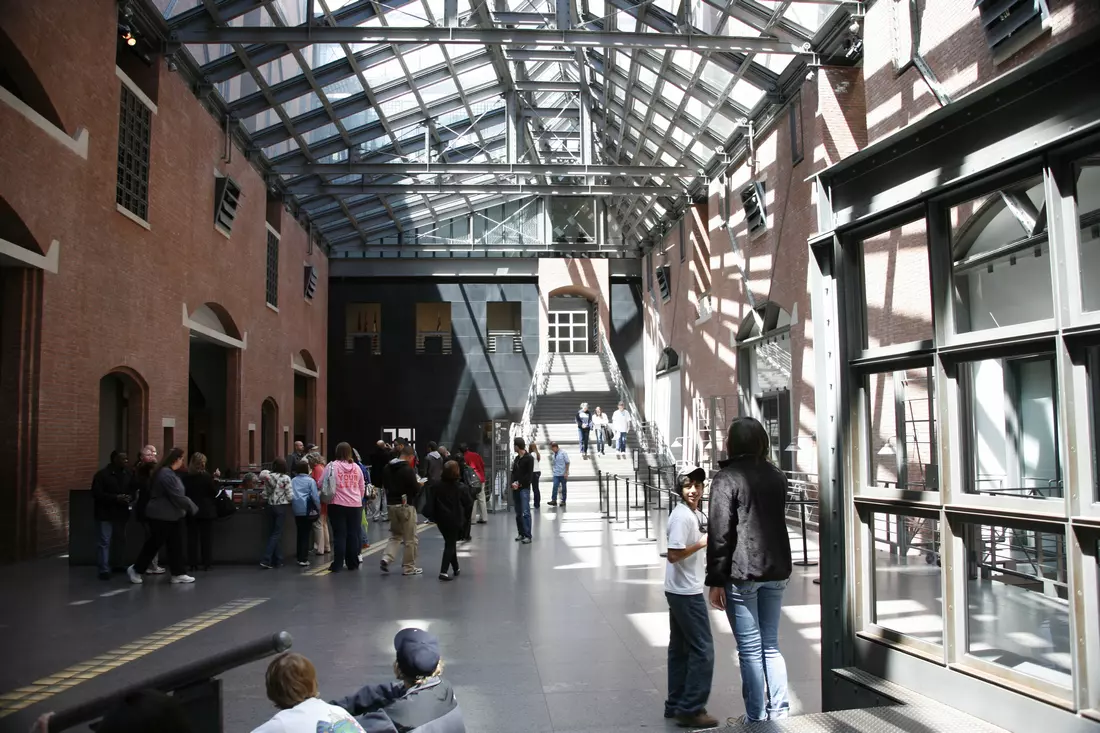
The Holocaust Museum in Washington is a place not only for reflection and mourning but also for hope. It leaves a deep impression on the heart of everyone who visits, reminding us that even in the darkest times, humanity is capable of bright deeds.
Holocaust Museum for Children
Society still debates whether children should be exposed to such heavy topics. Even adults sometimes struggle with the emotional weight of these events, despite the passage of decades. Nevertheless, the Washington Holocaust Museum has a dedicated children's section for those aged 8 and older. They are invited to spend a couple of hours living the life of a real child from a concentration camp and see the world through their eyes. This experience is emotionally impactful, but it allows children to compare their reality with the recent dark past.
Special attention is given to drawing conclusions so that children understand what to do with the information they receive. One of the key tasks of the exhibit is to appeal to humanity, kindness, and the brightest aspects within a person. Children are encouraged to express themselves and understand that the feelings they experience should never turn into aggression; rather, kindness, courage, and tolerance are the antidotes to the horror and injustice they learn about.
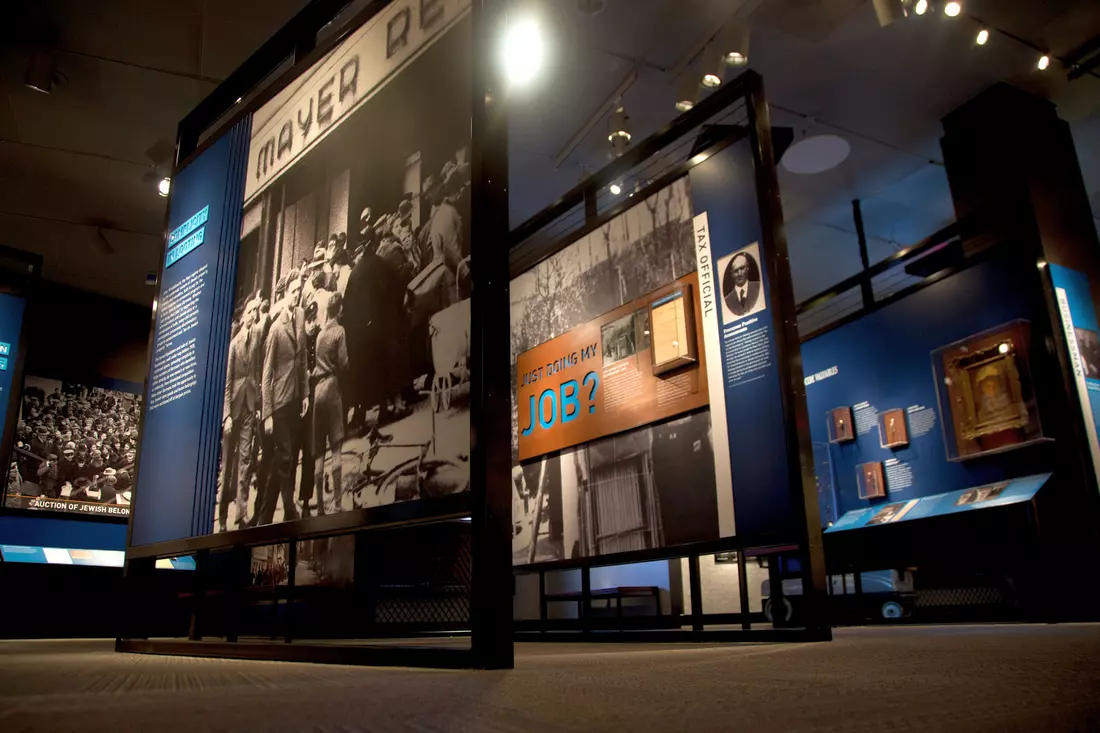
Additional Information
-
The address
100 Raoul Wallenberg Pl SW, Washington, DC 20024
-
Phone
+1-202-488-0400
-
Mode of operation
Mon – Sun: 10:00 am – 05:30 pm.
-
Web site
| The address | 100 Raoul Wallenberg Pl SW, Washington, DC 20024 |
| Phone | +1-202-488-0400 |
| Mode of operation | Mon – Sun: 10:00 am – 05:30 pm. |
| Web site |
The Holocaust Museum in Washington isn't just a place for reflection and mourning, but also for hope and inspiration. It leaves a deep impression on everyone who visits, reminding us that even in dark times, humanity is capable of light deeds.






















